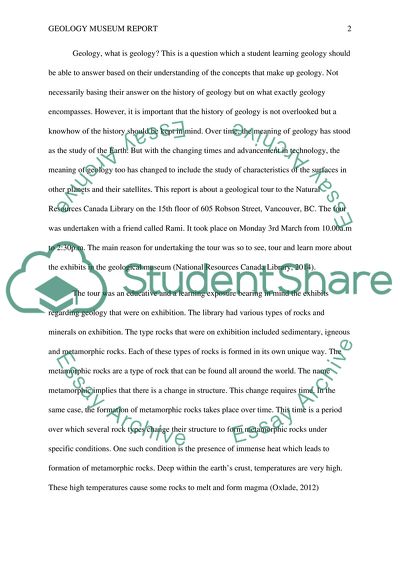Cite this document
(Geology Museum Report Example | Topics and Well Written Essays - 2000 words, n.d.)
Geology Museum Report Example | Topics and Well Written Essays - 2000 words. https://studentshare.org/geography/1812639-geology-museum-report
Geology Museum Report Example | Topics and Well Written Essays - 2000 words. https://studentshare.org/geography/1812639-geology-museum-report
(Geology Museum Report Example | Topics and Well Written Essays - 2000 Words)
Geology Museum Report Example | Topics and Well Written Essays - 2000 Words. https://studentshare.org/geography/1812639-geology-museum-report.
Geology Museum Report Example | Topics and Well Written Essays - 2000 Words. https://studentshare.org/geography/1812639-geology-museum-report.
“Geology Museum Report Example | Topics and Well Written Essays - 2000 Words”. https://studentshare.org/geography/1812639-geology-museum-report.


